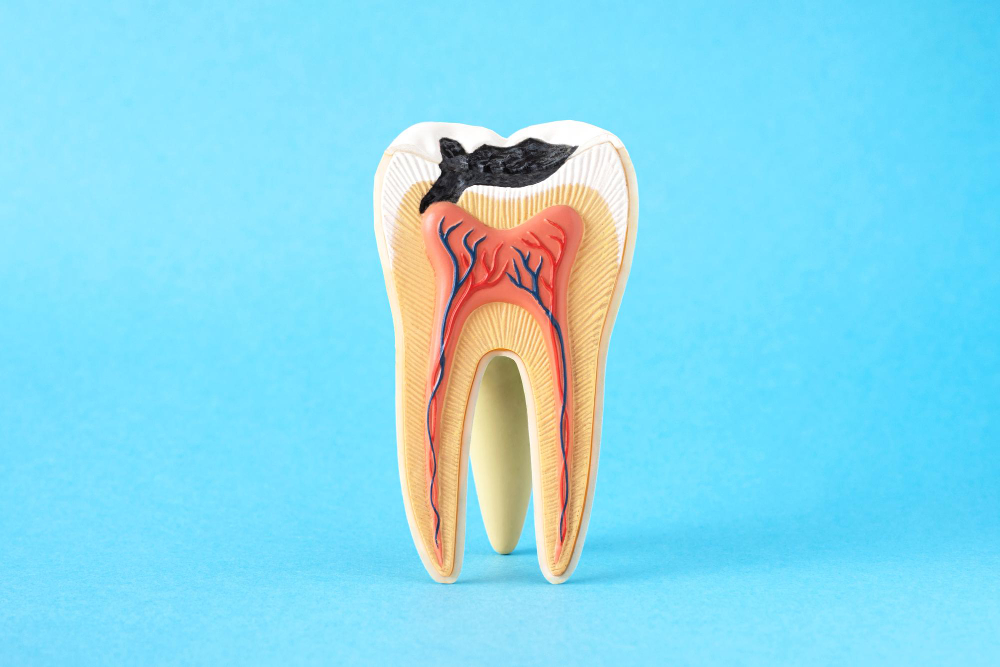What Are Dental Caries?
Dental caries, also known as tooth decay or cavities, are damaged areas in the hard surface of your teeth. These spots can turn into tiny holes or openings. In fact, dental caries are one of the most common health problems worldwide. According to the World Health Organization (WHO), almost everyone will have dental caries at some point. Because dental caries can cause pain and infection, it is important to know how to spot and prevent them.
Causes of Dental Caries
Dental caries develop when bacteria in your mouth make acids that attack your teeth. Over time, these acids break down the tooth’s surface. However, several factors can increase your risk:
Because bacteria feed on sugars, cutting down on sweets can help lower your risk. In addition, regular brushing removes harmful bacteria.
Symptoms of Dental Caries
Dental caries symptoms can be mild at first. Sometimes, you may not notice any signs. Yet, as the decay grows, you might experience:
Because symptoms can start small, regular dental check-ups are important.
How Dental Caries Are Diagnosed
Dentists use several methods to diagnose dental caries. First, they will look at your teeth and ask about any pain or sensitivity. Next, they may use a small mirror to check hard-to-see areas. Sometimes, X-rays help spot hidden decay. In addition, your dentist may use special tools to test the tooth’s surface. Early diagnosis can prevent bigger problems later.
Treatment Options for Dental Caries
Treatment for dental caries depends on how much damage there is. Early caries may be reversed with fluoride treatments. However, if a cavity has formed, your dentist may suggest:
Because early treatment is simpler, do not wait if you notice symptoms.
Prevention Tips for Dental Caries
Preventing dental caries is easier than treating them. Here are some simple tips on how to prevent dental caries:
Because good habits start early, teach children to care for their teeth, too.
When to See a Dentist
Even if you do not have pain, it is wise to see a dentist every six months. However, you should make an appointment sooner if you notice:
Because early care can save your tooth, do not delay seeking help.
In summary, dental caries are common but preventable. With good oral care and regular dental visits, you can keep your smile healthy. Consult a dentist for personalized advice on preventing and treating dental caries.

